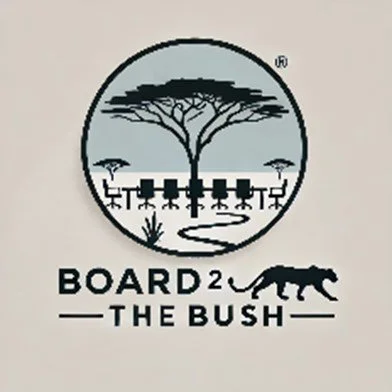The jungle and the bush are nature's sanctuaries—a vibrant theatre of life where every creature, from the smallest insect to the mightiest predator, plays its role in a delicate yet powerful ecosystem. As a photographer, traveller, and conservation advocate, I am drawn to these untamed landscapes not just for their breathtaking beauty, but for the stories they tell about resilience, balance, and the urgent need for preservation. Through my lens, I aim to capture the spirit of these wild places and the creatures that inhabit them, inspiring others to cherish and protect the natural world for generations to come.
Fact: The world's forests absorb approximately 7.6 billion metric tonnes of CO₂ per year (Source: NASA & Global Carbon Budget) while Tropical rainforests, such as the Amazon, Congo, and Southeast Asian forests, are responsible for about 30% of global CO₂ absorption. However, due to deforestation and forest degradation, many forests now release more CO₂ than they absorb.
Fact: Globally, forests produce about 28% of the Earth's oxygen. The Amazon Rainforest alone generates about 20% of the world’s oxygen, earning it the nickname "The Lungs of the Earth." However, much of this oxygen is reabsorbed by the ecosystem (through respiration and decay), meaning forests contribute less to the net oxygen balance than phytoplankton in the oceans, which generate around 50-80% of global oxygen.

Ring Tailed Lemur. Madagascar. Native to Madagascar, ring-tailed lemurs use their striped tails for group cohesion and scent-marking in territorial displays.

Ring Tailed Lemur. Madagascar
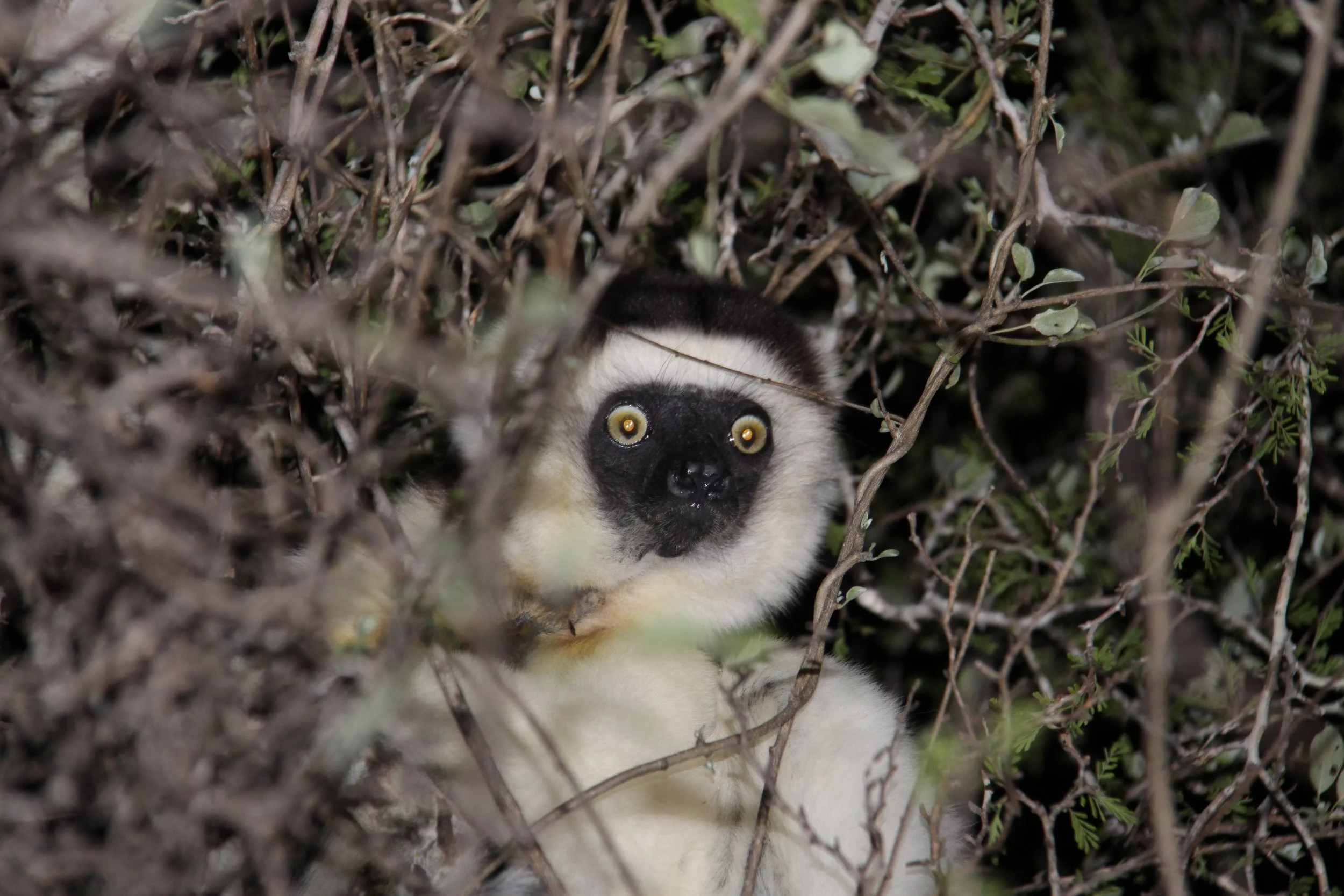
Ring Tailed Lemur. Madagascar
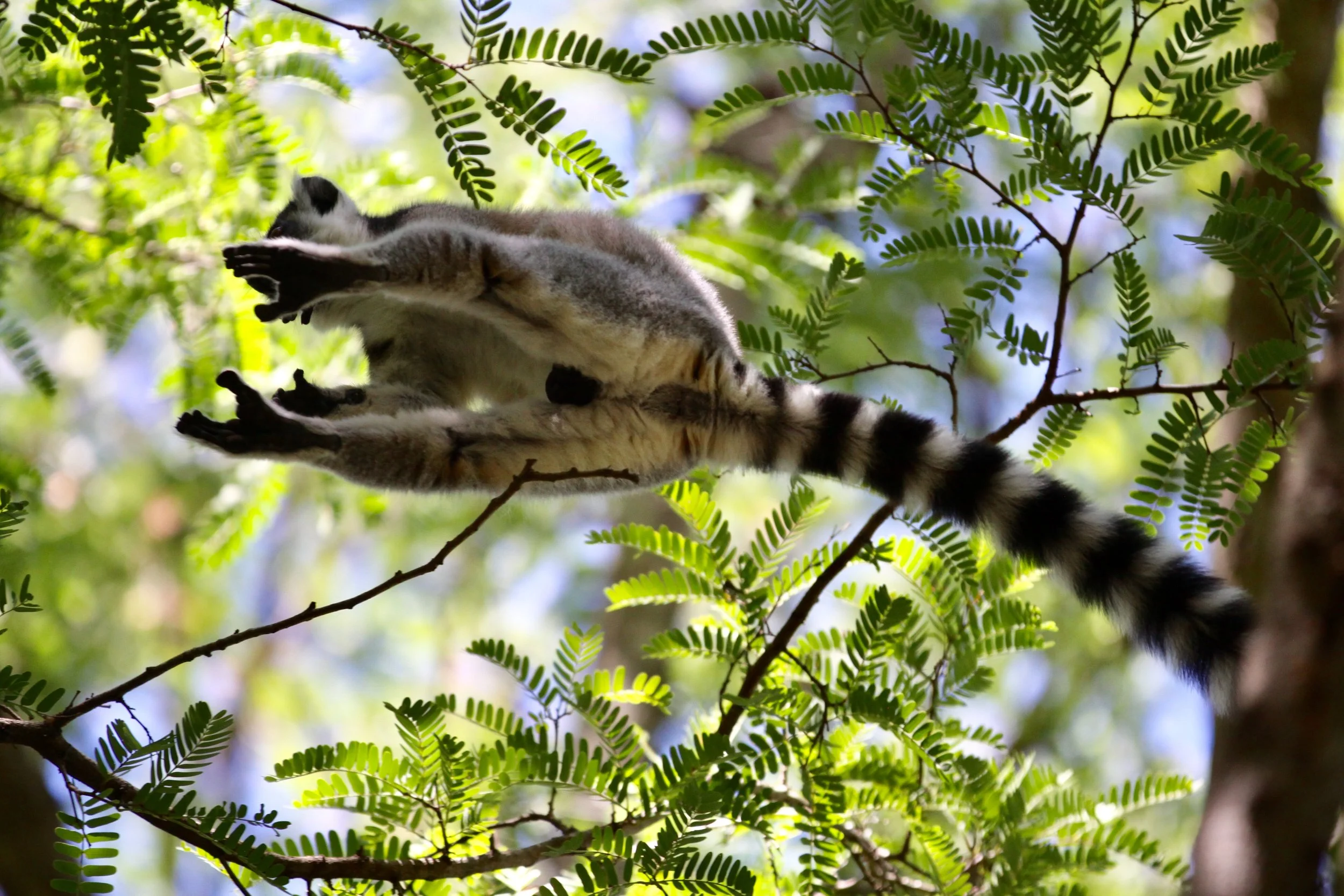
Ring Tailed Lemur. Madagascar
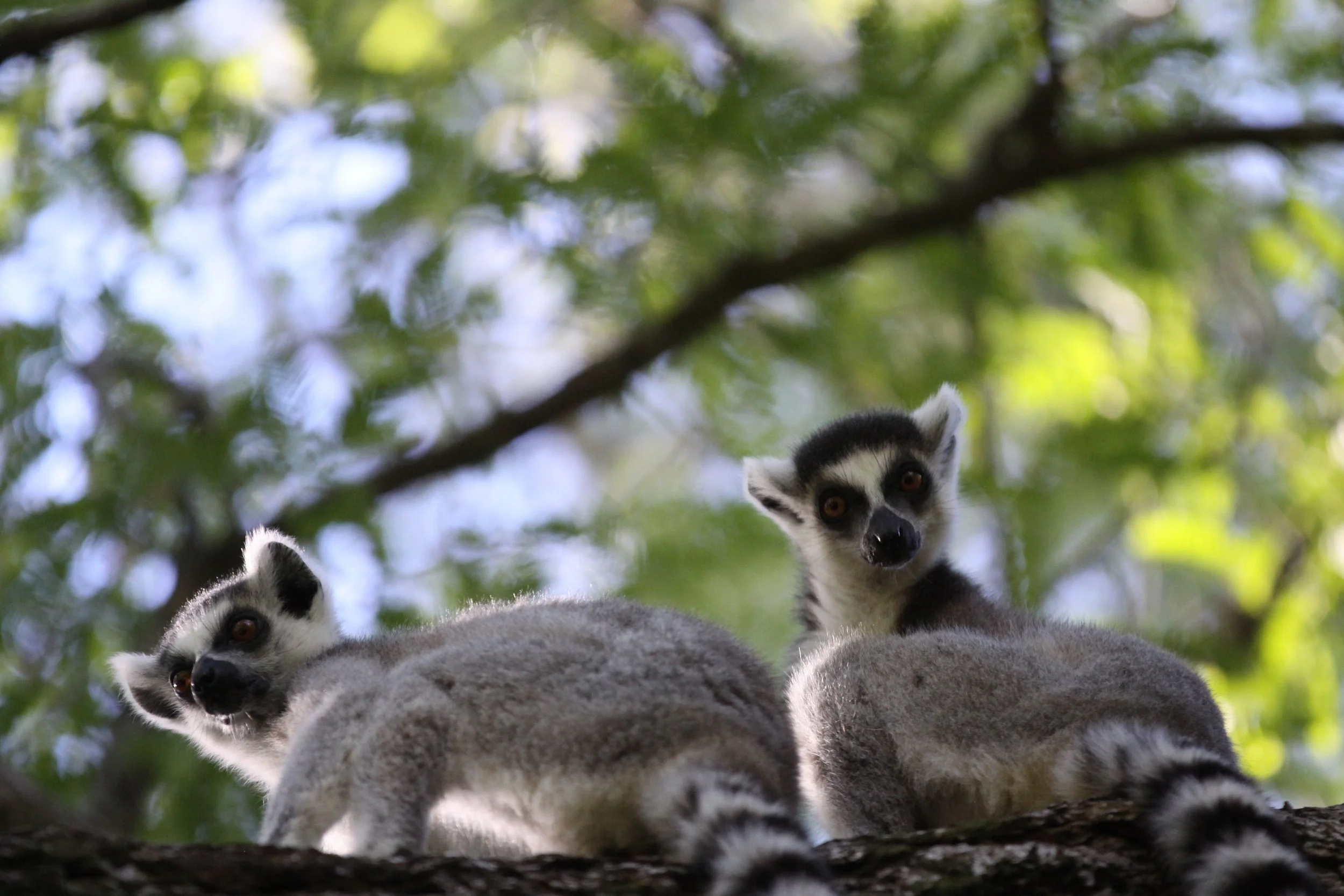
Ring Tailed Lemur. Madagascar

Madagascar
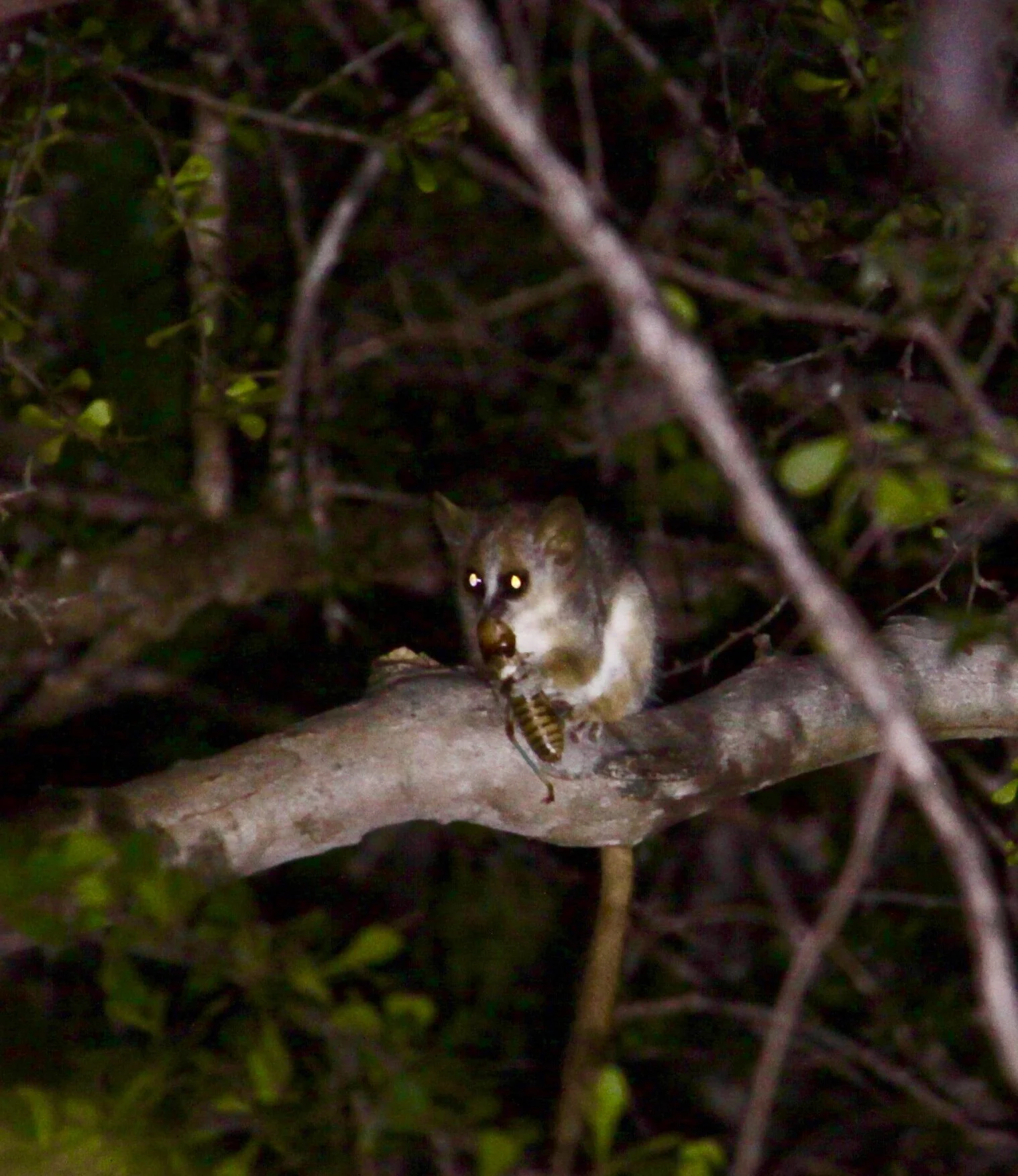
Madam Berthe's Mouse Lemur, Madagascar

Mouse Lemur, Mdagascar

Greater Bamboo Lemur, Madagascar

Greater Bamboo Lemur, Madagascar

Red Fronted Brown Lemurs, live in Baobab Trees Madagascar
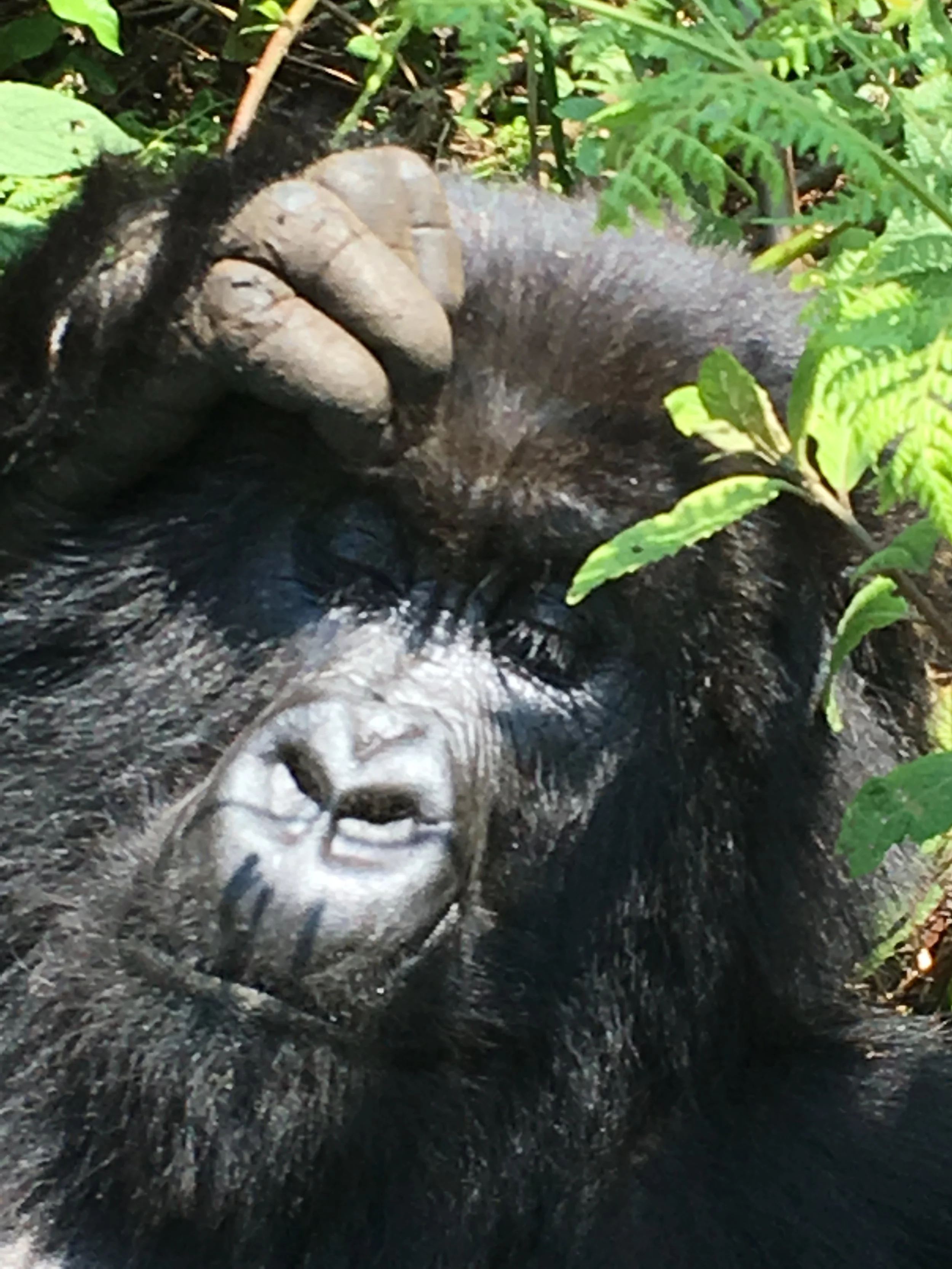
Mountain Gorilla, Rwanda. Fewer than 1,100 mountain gorillas remain, surviving only in protected forests of Rwanda, Uganda, and the DRC.

Mountain Gorilla, Rwanda
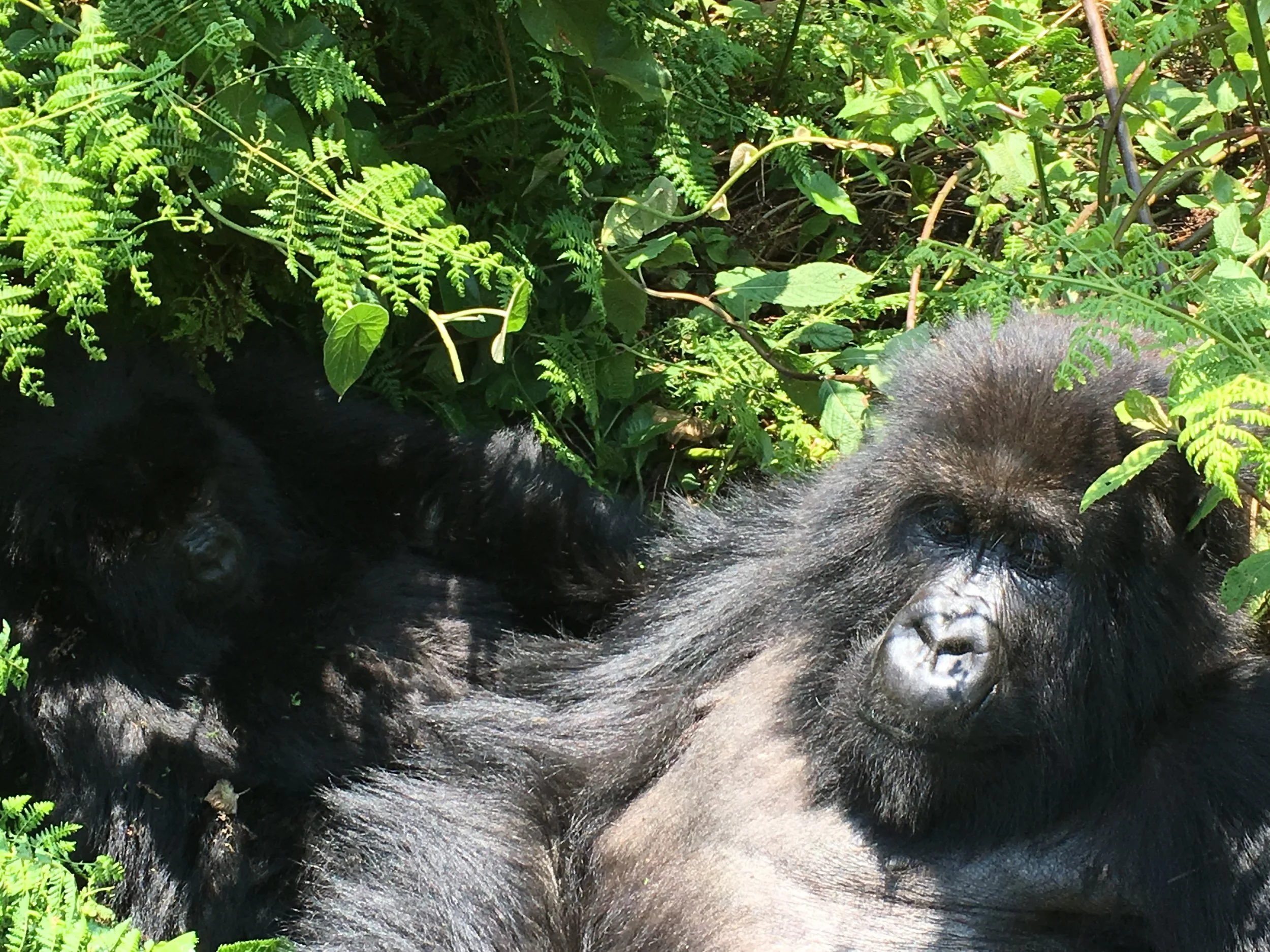
Mountain Gorilla, Rwanda
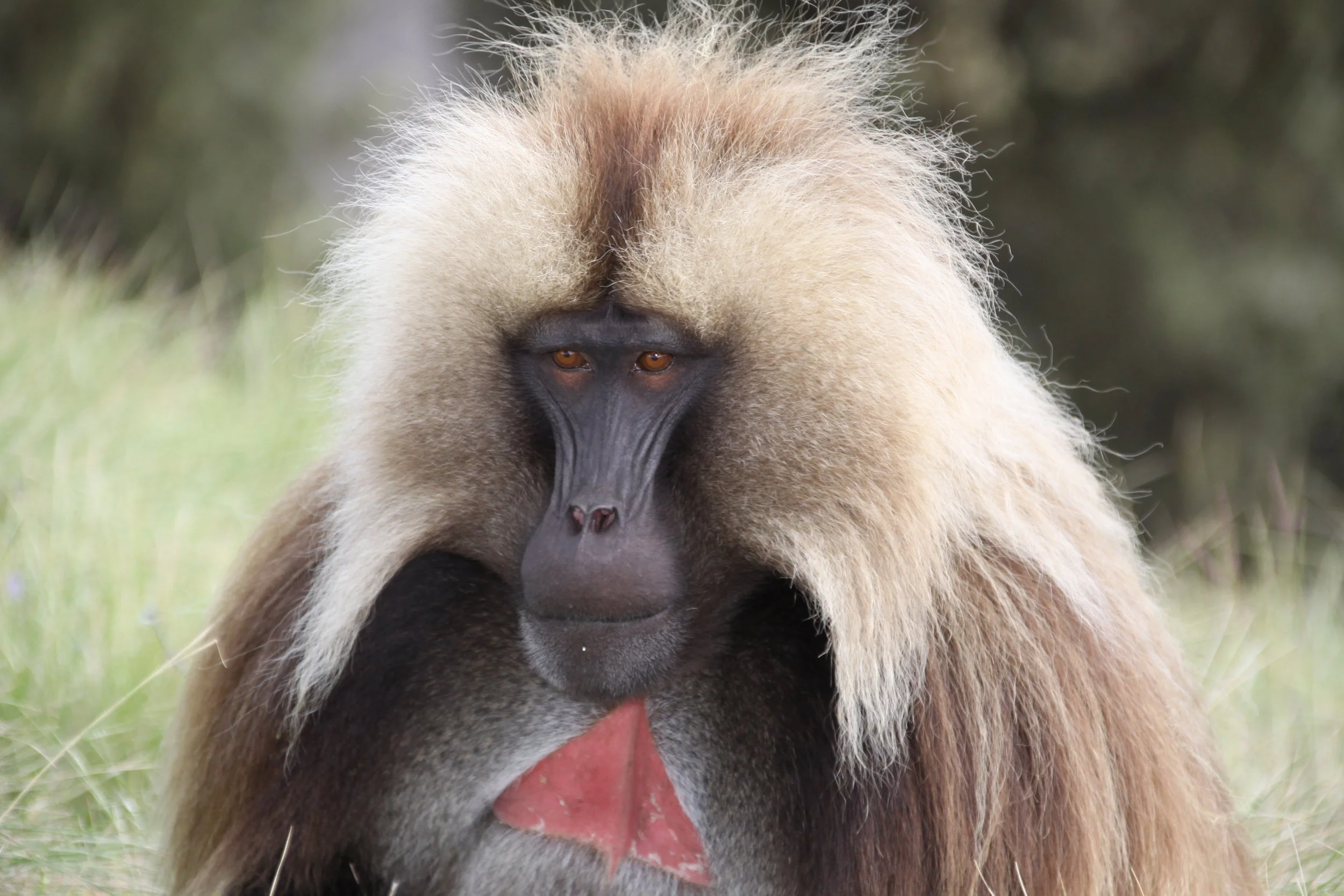
Male Gelada Baboon, Simien Mountains, Ethiopia. Endemic to Ethiopia’s highlands, Geladas are the world’s only primates that graze — feeding almost entirely on grass.

Vervet Monkey, South Luangwa National Park, Zambia
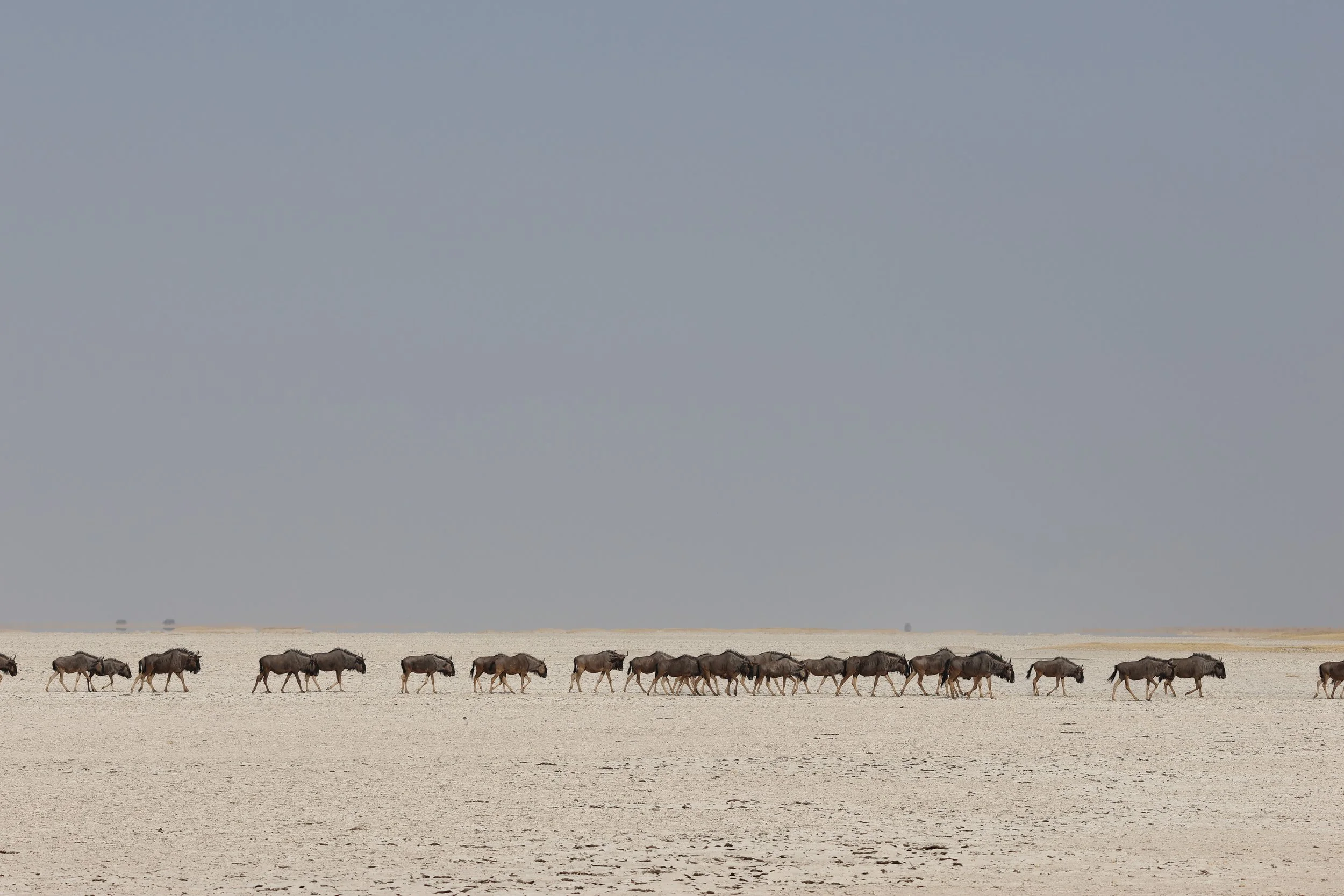
Wildebeest, Makgadikgadi-Pan, Botswana on their way for morning drink
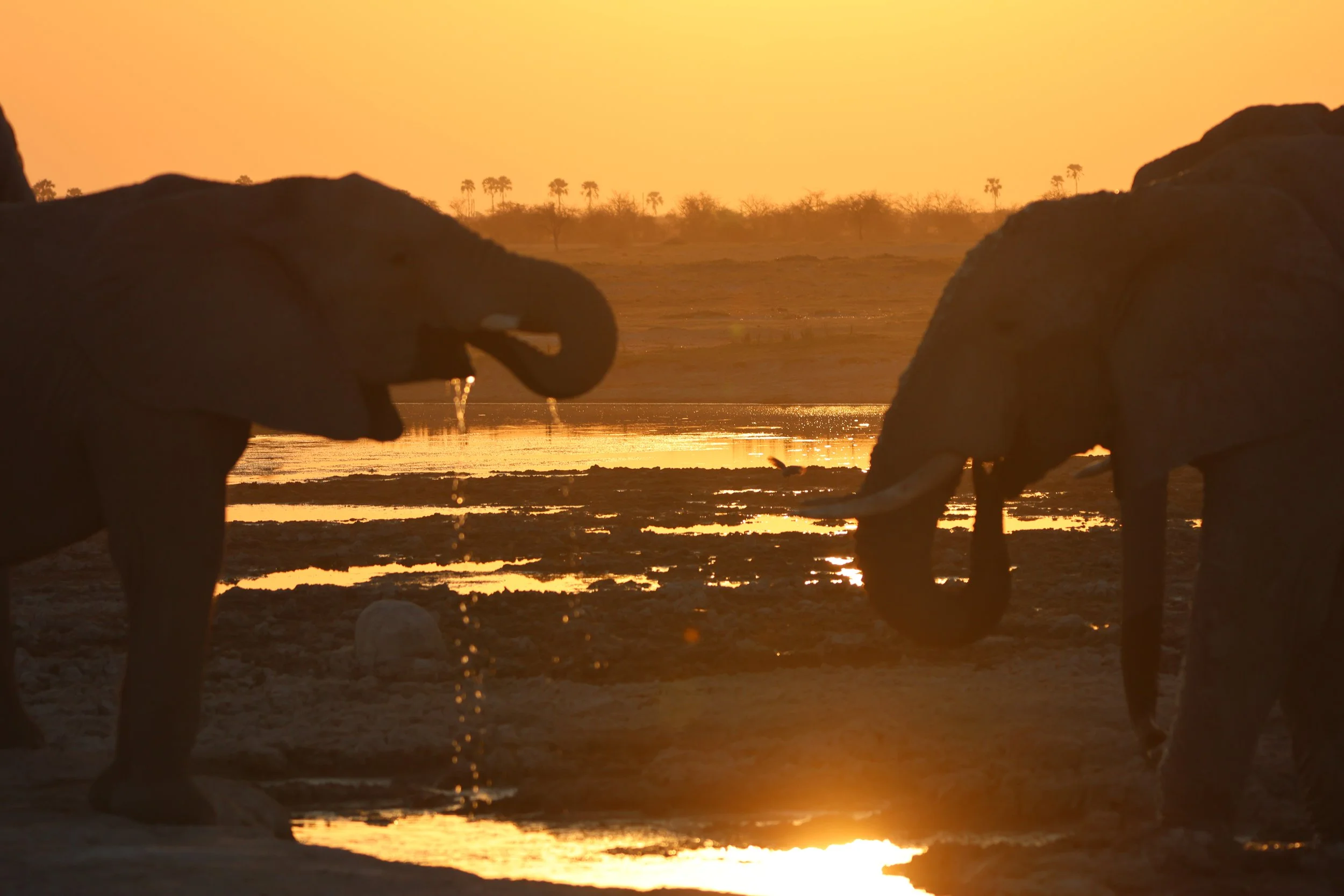
Makgadikgadi-Pan, Botswana, Elephants drink at dusk

Makgadikgadi-Pan, Botswana, Zebras and solitary Ostrich quench their thirst
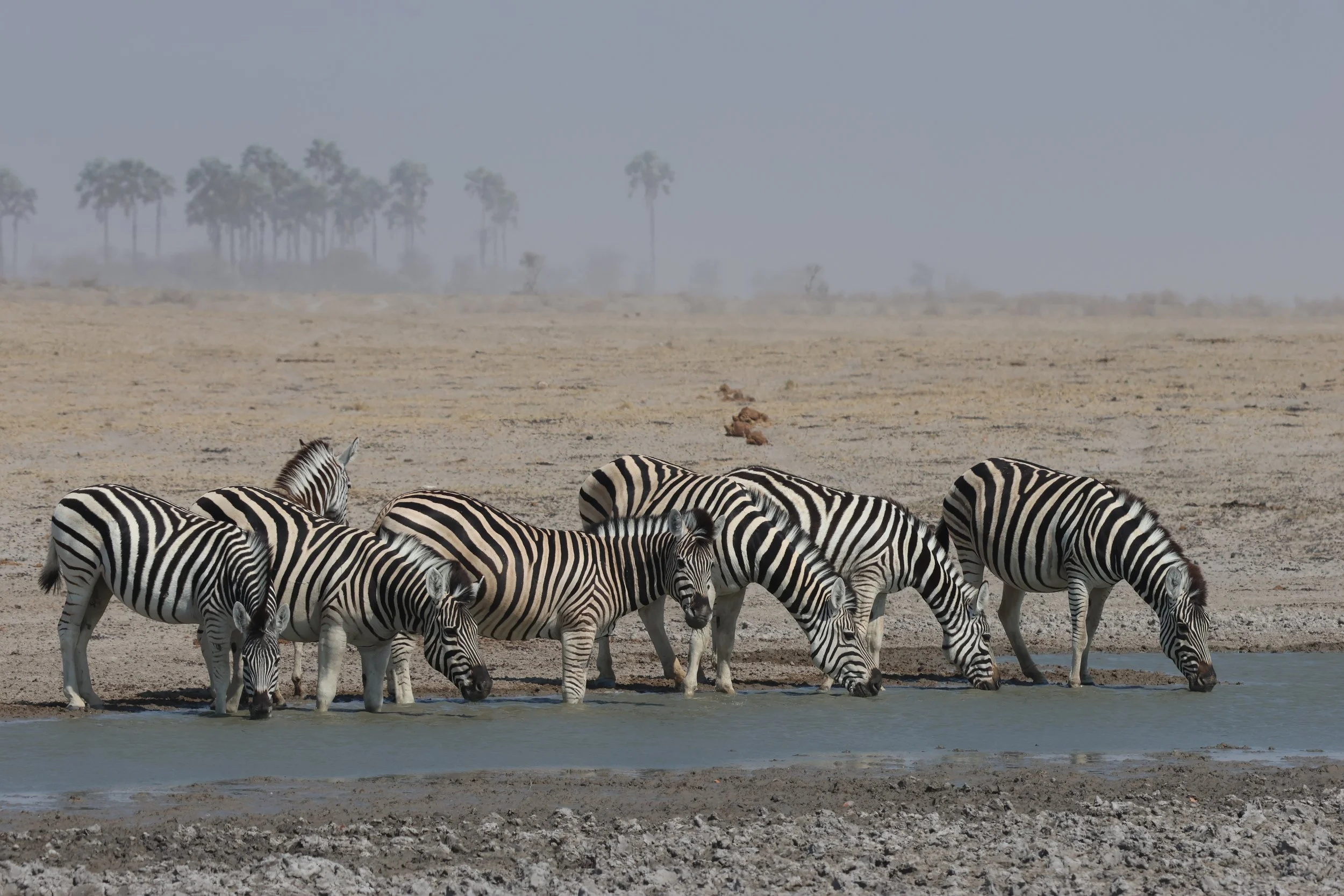
Makgadikgadi-Pan, Botswana

Oryx, Damaraland, Palmwag Concession, Namibia
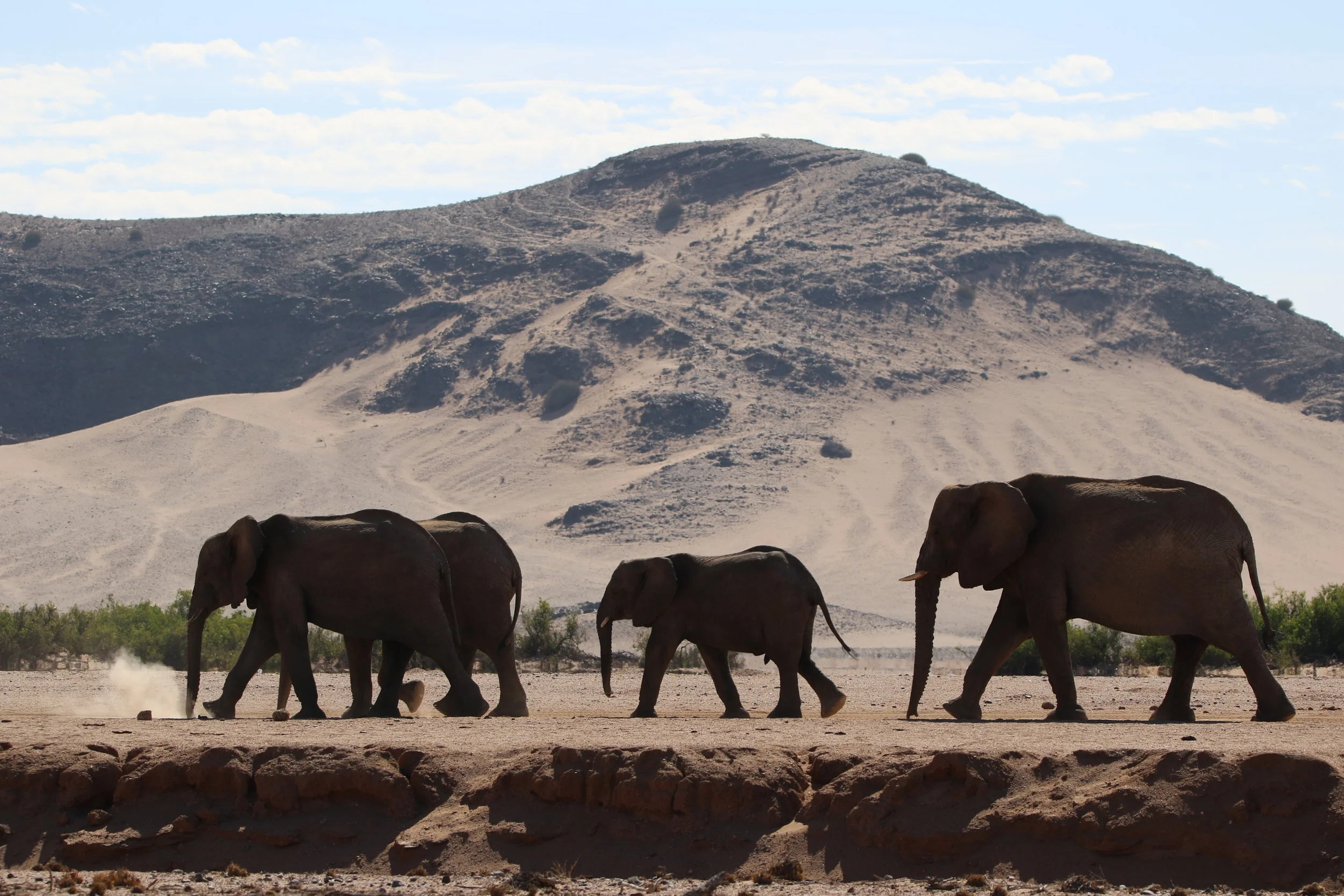
Desert Elephants, Namibia
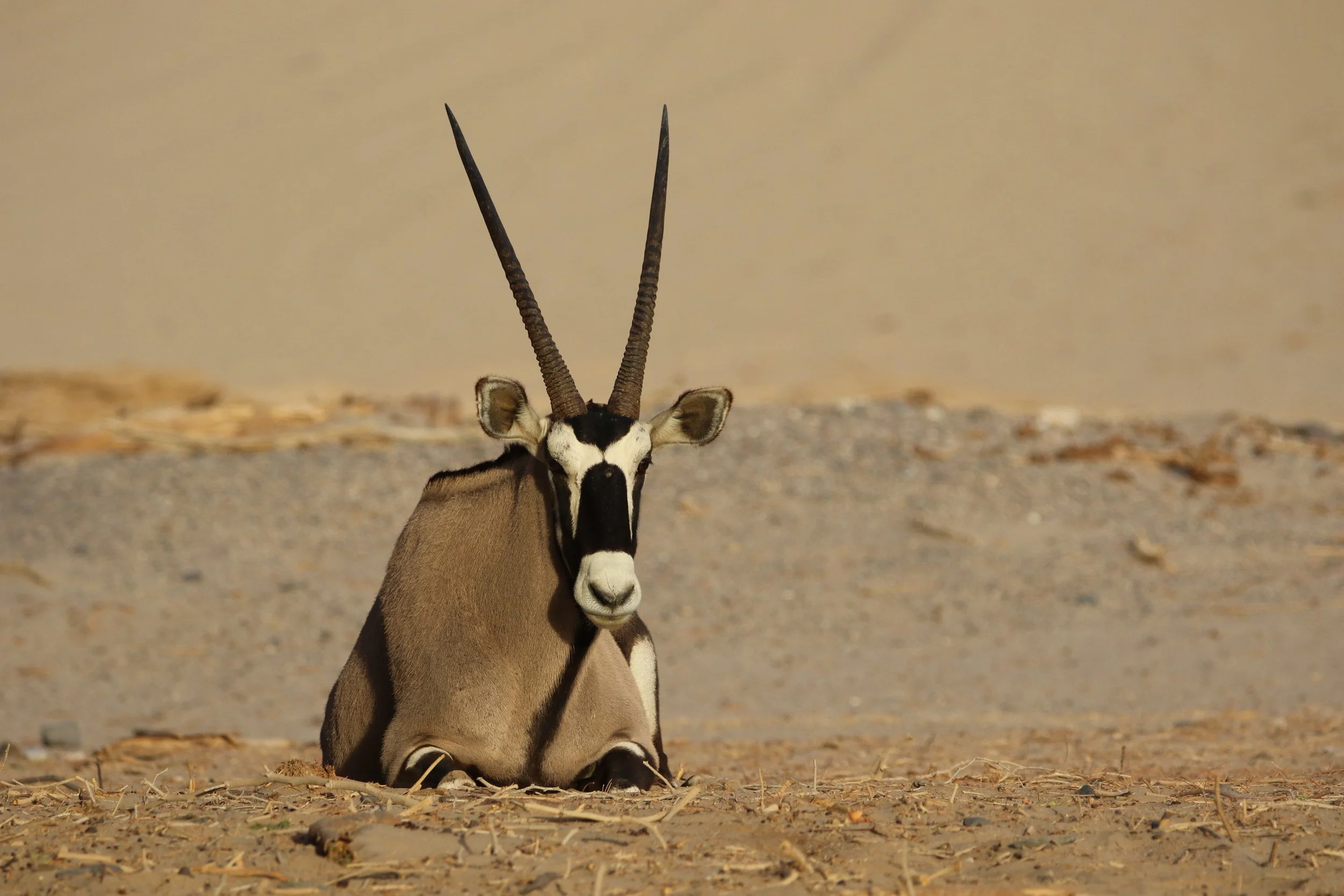
Oryx, make Damaraland, Palmwag Concession, Namibia. The oryx regulates brain temperature through nasal blood-cooling, thriving in extreme desert heat.

Kora National Park, Kenya. Male Agama Lizard in full breeding display — flashing his yellow crown and turquoise armour under Kenya’s sun.

Etosha National Park, Namibia
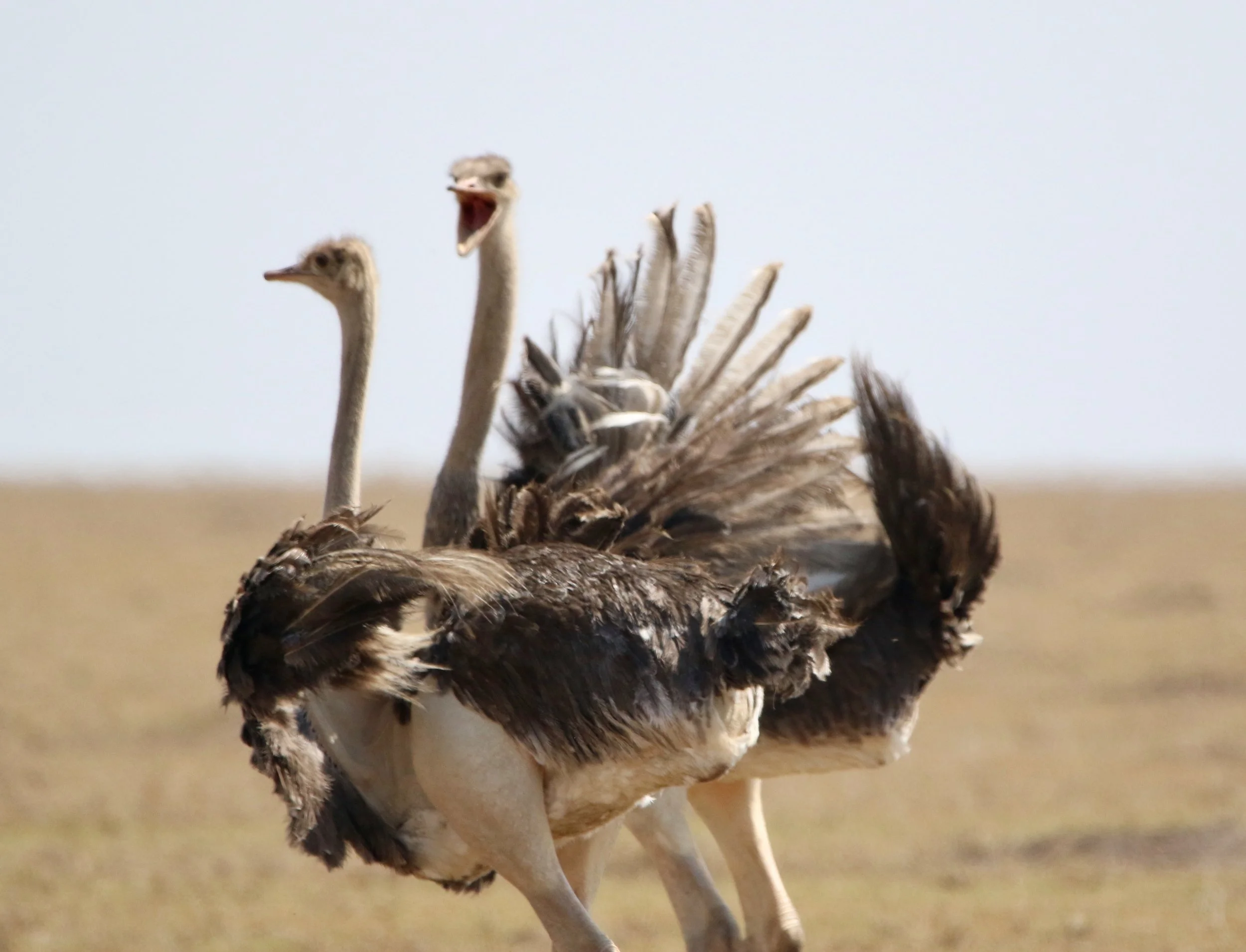
Kora National Park, Kenya

Dung Bettles, Thorny Bush, Kruger, South Africa
